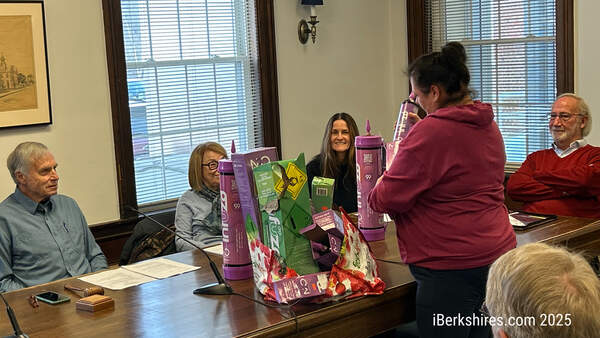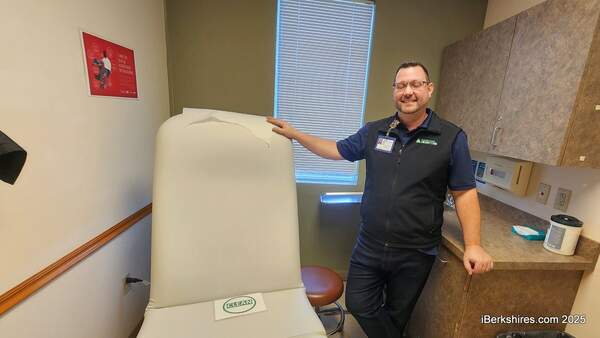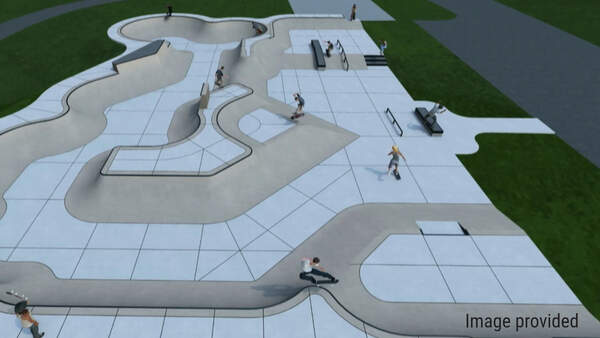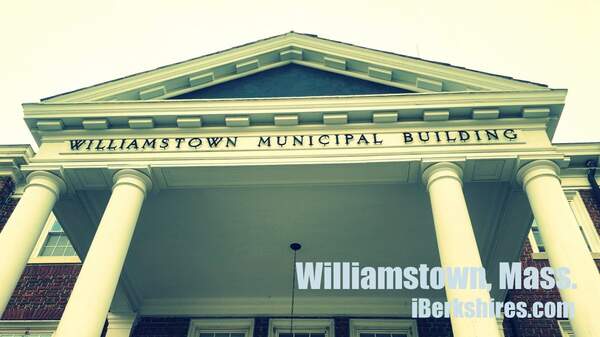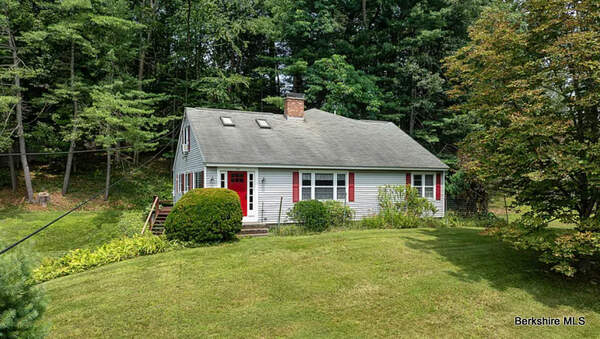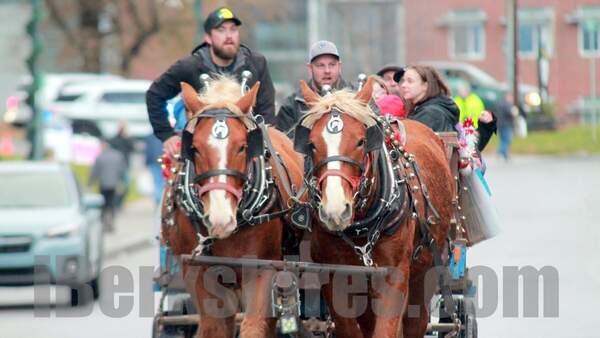Letter: Scope & Timing Wrong for New Firehouse
 |
To the Editor:
As a high-schooler in central Mass., I occasionally helped our Volunteer Fire Dept. put out grass fires caused by the railroad, so I have some understanding of what these outstanding people do for us in Williamstown. And I’m confident everyone in town appreciates and values the work of our Volunteer Fire Department.
However, the current proposal to build a $23 million firehouse here in town is another story. The problem is with both the project’s scope and timing.
Let’s first look at the timing. The economy is roaring. Unemployment is down. Inflation is up (look at the price of eggs!). Interest rates are higher than they’ve been in a decade or more and likely to climb higher (the Federal Reserve Chairman says so). Building materials prices are in the stratosphere.
And we’re still paying for our new high school, elementary school, and police station. (Note: there are quiet rumblings that we also need to build a new Town Hall!)
Contrary to popular opinion not everyone in Williamstown is a well-to-do transplant. If we want to keep seniors, the middle-class, and working families in Williamstown – and resist becoming a Hollywood caricature of a town of wealthy second- or third-home owners – at the very least we should postpone a new firehouse until interest rates and building material prices settle back to normal.
Now, the project scope: The Fire District is proposing a grand traditional brick and mortar facility with a training center, when all we really need is a utilitarian structure. For instance, Greenfield, which is four times our size, is building a new firehouse with dormitory facilities for its full-time professional fire department for a $1 million less. At the very least Williamstown should be able to think outside the box to create a structure that uses new materials and creative design to meet the needs of our volunteer department for considerably less than $23 million.
Clearly, we shouldn’t be asking Williamstown seniors, middle-class, and working families to fund a traditional project of this scale while they still shoulder the burden of constructing two schools and a police station.
In 1960, JFK's father told him he was happy to fund his campaign, "but I'll be damned if I'm going to pay for a landslide." Many of us feel the same about a new firehouse.
Lee Harrison
Williamstown, Mass.

